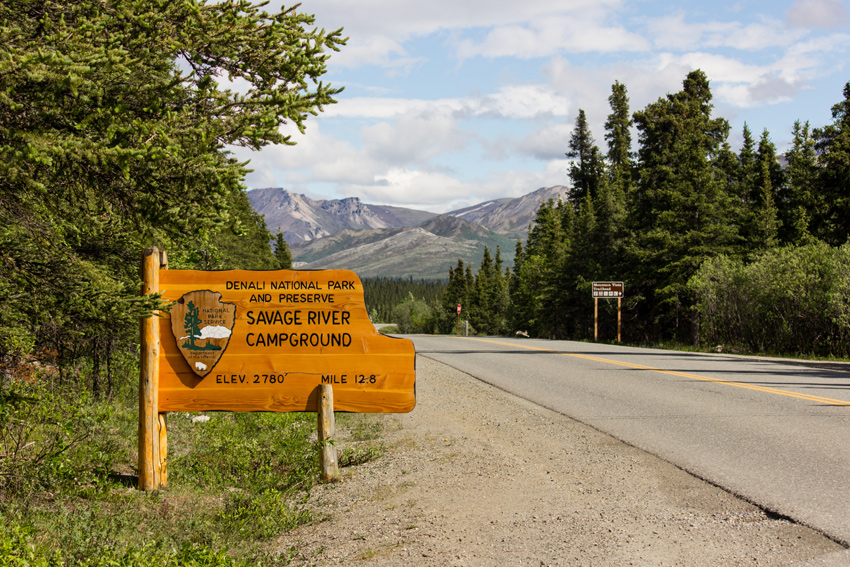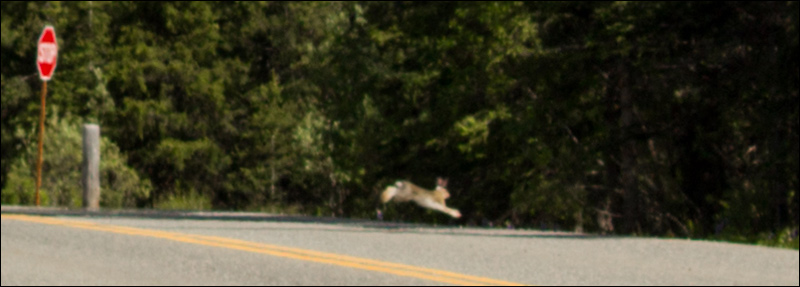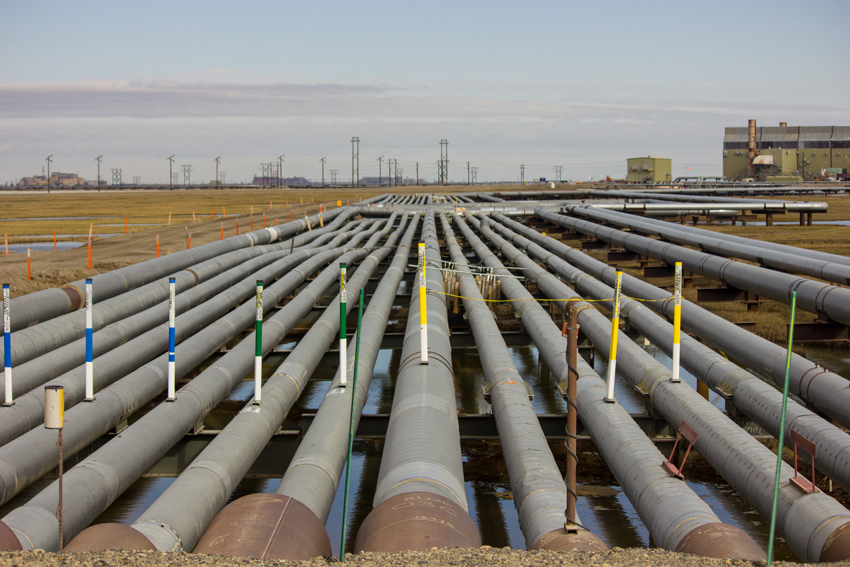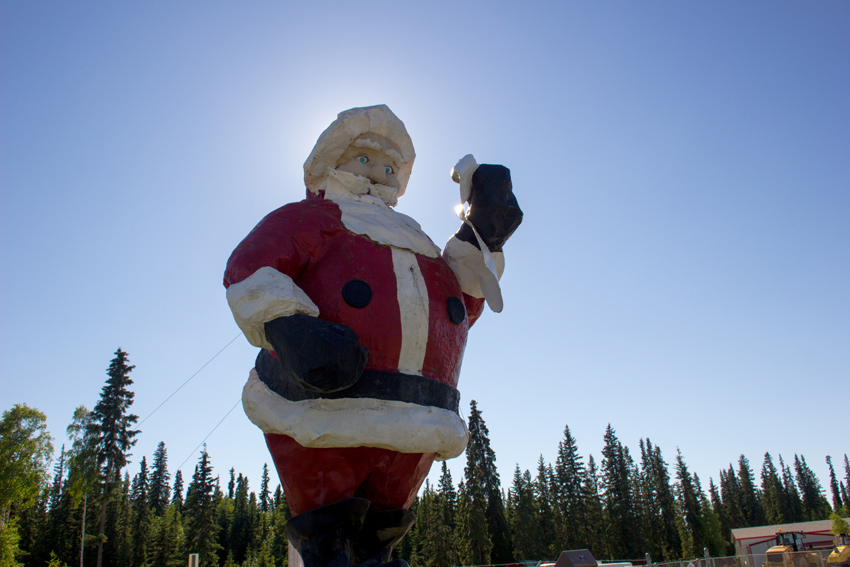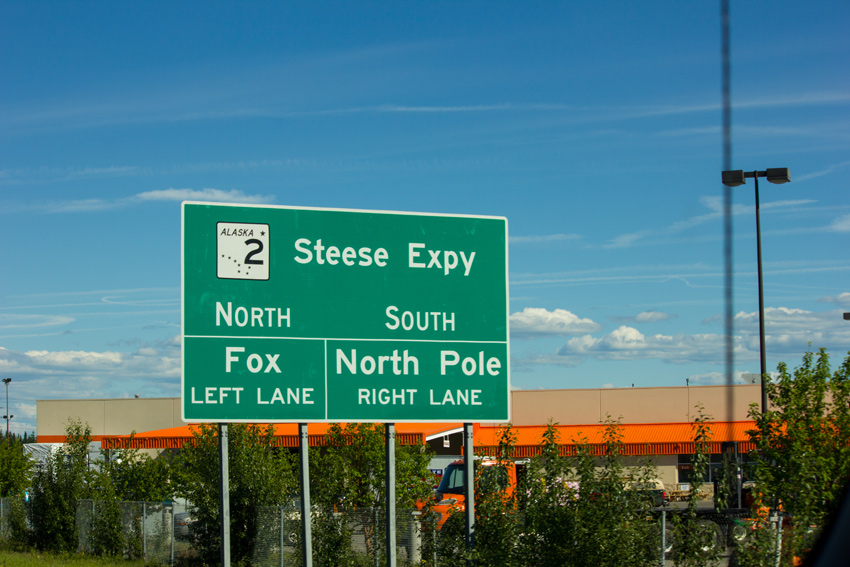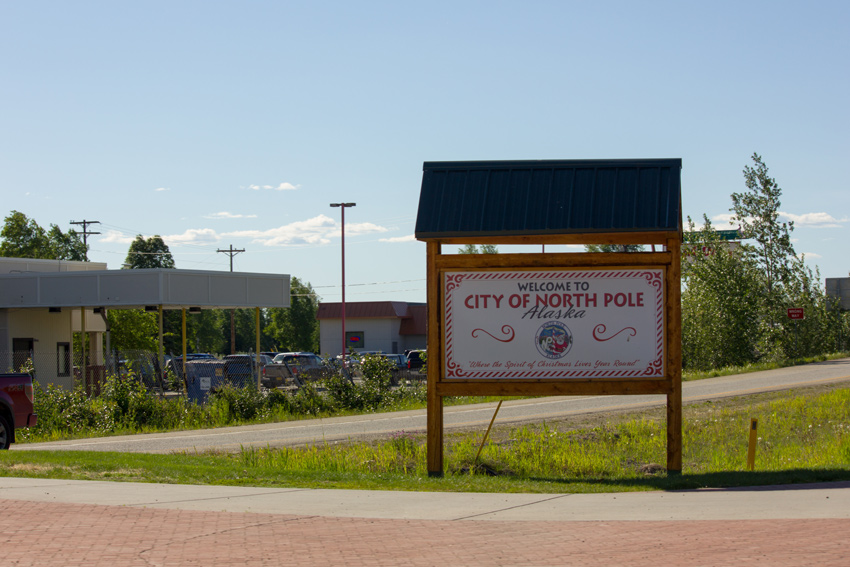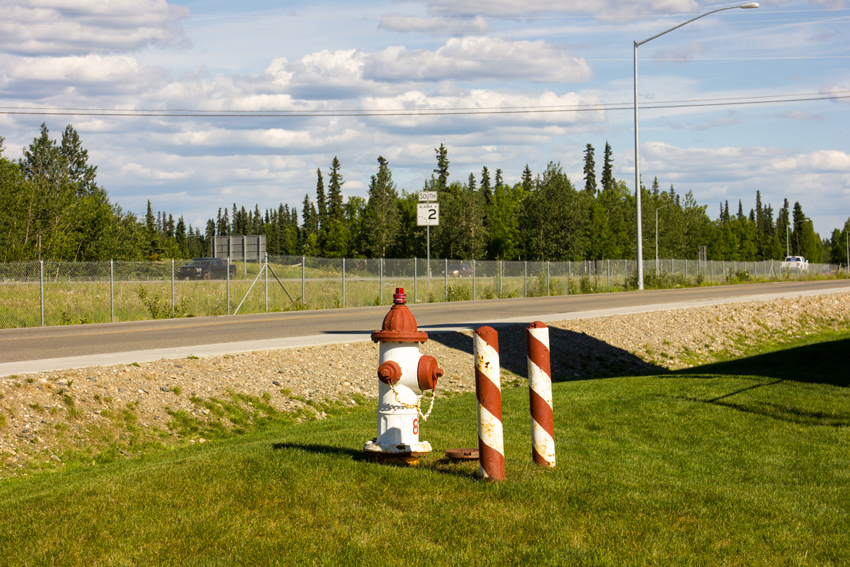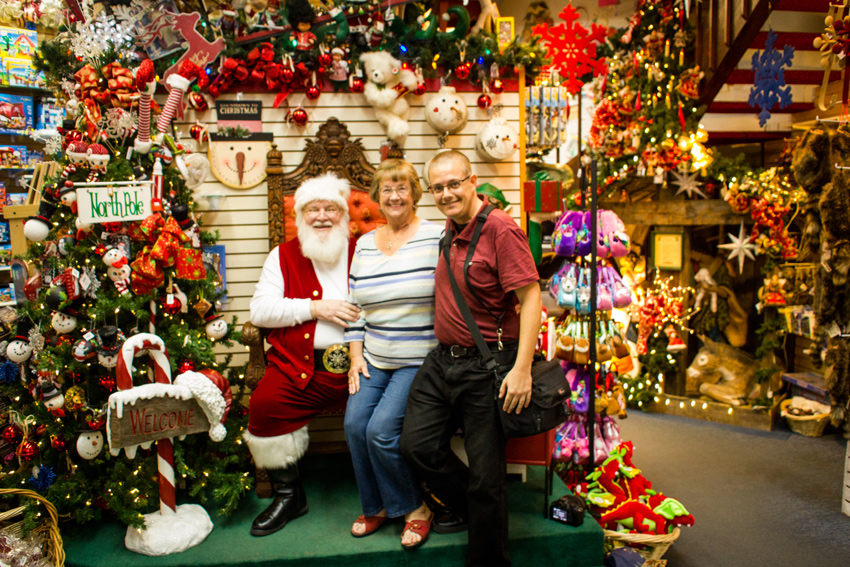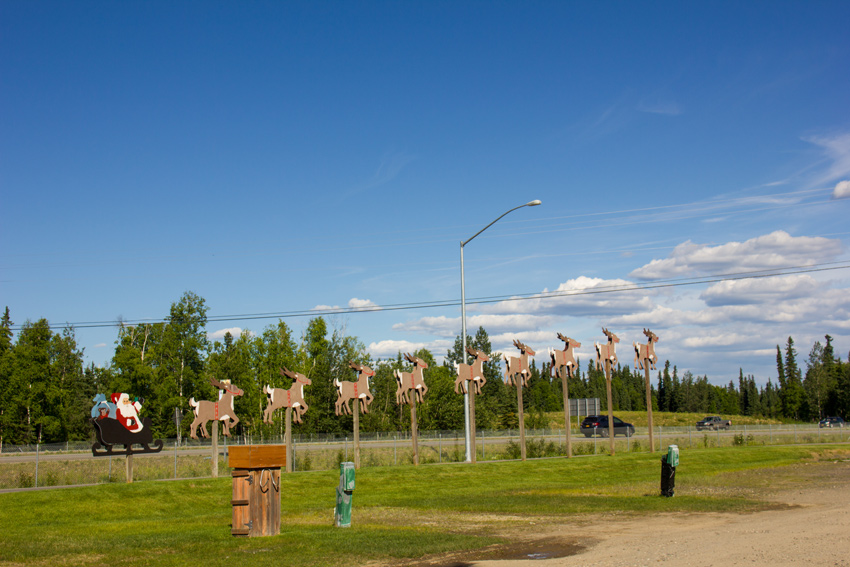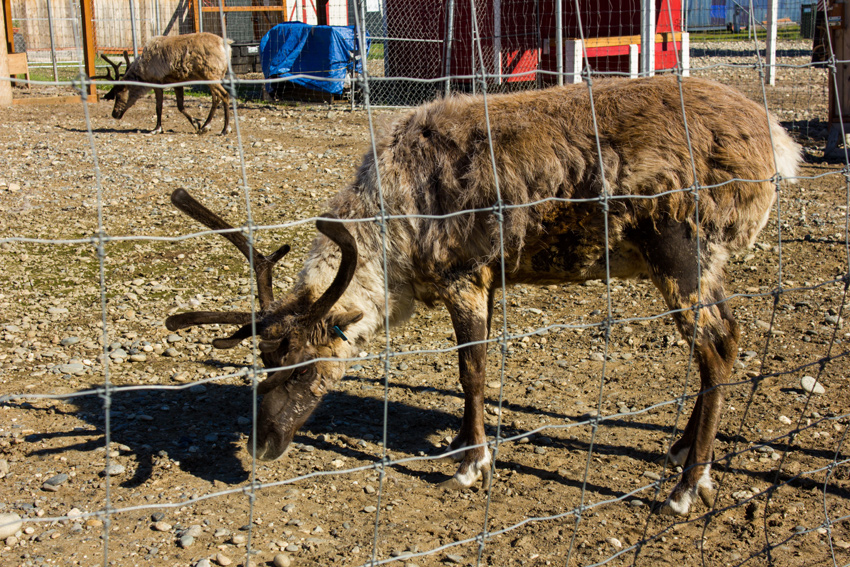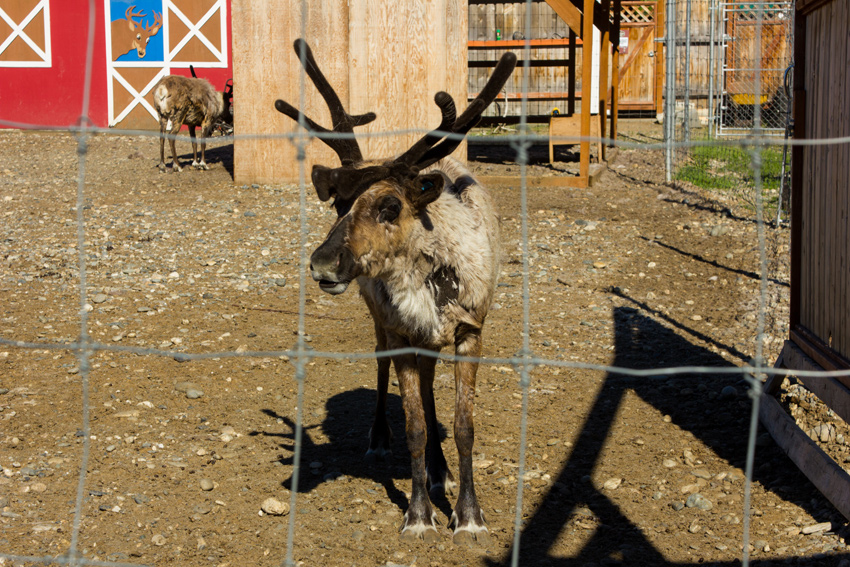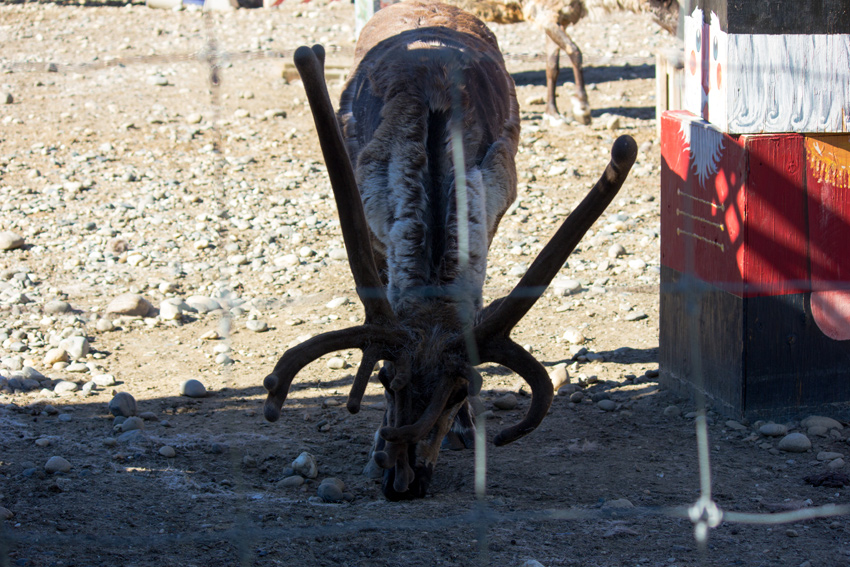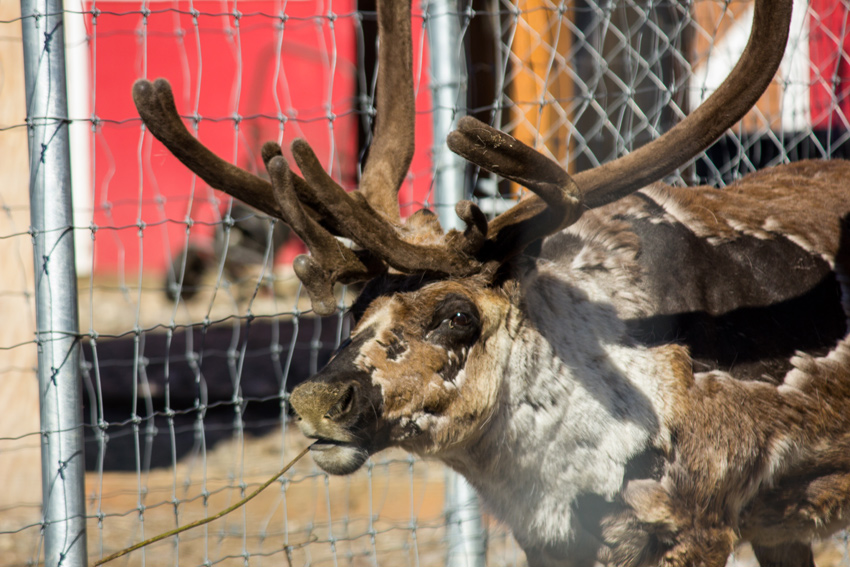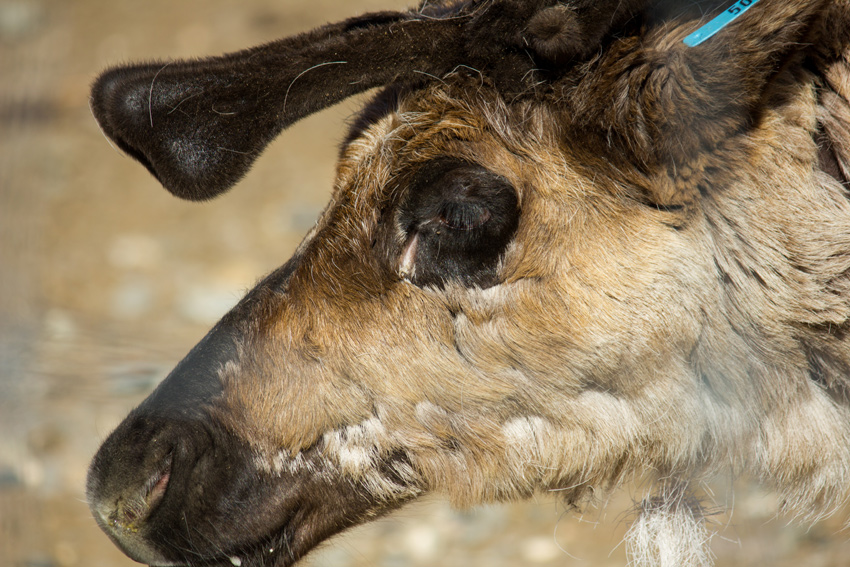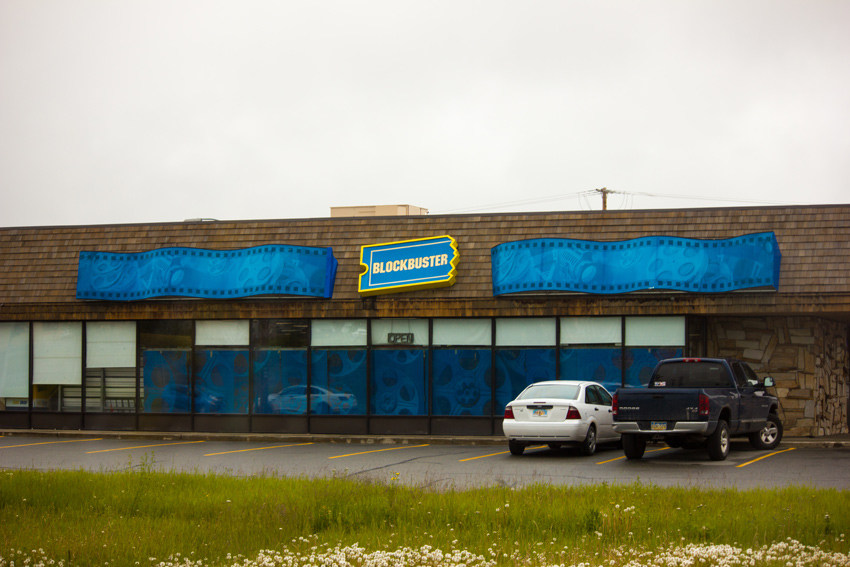A forty-two-foot tall, 900-pound fiberglass Santa Claus statue (1968) by Wes Stanley of Stanley Plastics, Enumclaw, Washington on display near the Santa Claus House (1952).
125 Saint Nicholas Drive, North Pole, Alaska: 14 June 2017
part of the Alaska 2017: North Pole album
Serving as a home base of sorts, Fairbanks was the first and last place I visited during my Alaska adventure. Following my first day of exploring the golden heart city, Mom suggested that we visit another nearby town before it got too late in the day. You may not have to worry about it getting dark at night during the summer, but businesses still do have normal hours of operation.
Situated by the Tanana River about fifteen miles southeast of Downtown Fairbanks, North Pole is the city "where the spirit of Christmas lives year round." The origins of the settlement that would become North Pole are tied to the arrival of Bon and Bernice Davis in Fairbanks on Friday, 07 April 1944. Driving from Fairbanks down the Richardson Highway, the Davises stopped at Milepost 15 to get out and walk around. Heading "several hundred yards" down the abandoned Richardson Trail, they decided that they had found the place of their new homestead, a 160-acre tract of land filled with scrub trees and brush.
Although not part of their original plan, a community formed around the Davises as they subdivided and sold off parcels of their land to other homesteaders. In 1948, the construction of a military railroad line through the area gave rise to the community's first name, Davis. This name was selected by the National Board of Geographic Names to designate a new railway switch built on Bon and Bernice's property. Over the next four years, continued growth and subdivisions eventually led the Dahl and Gaske Development Company to purchase the Davis subdivision and most of the homestead in February 1952.
It was Dahl and Gaske who thought renaming the community to "North Pole" would attract businesses such as toy manufacturers. Their petition to the United States District Court was heard by Judge Harry Pratt, who thought the "idea was far-fetched" but approved it nevertheless. Although not everyone was keen to incorporate, especially those residing in the Highway Park subdivision, residents of the Davis homestead and part of another voted to form the City of North Pole, officially established on Thursday, 15 January 1953.
Back in 1949, not long after Davis got its first name, Con B. Miller (1914–1996) and his wife Nellie Miller (1916–2008) moved to the Territory of Alaska with their two children and $1.40 to start a new life. Coming from the lower forty-eight where World War II veteran Con had "attempted to establish several businesses […] all of which faltered," the Millers first moved to Anchorage but, not caring for it there, relocated to Fairbanks. Con established himself as a merchant and fur buyer in Fairbanks and the surrounding villages, where he became well-known by local children for appearing in a red Santa suit each Christmas.
Borrowing $300 to get started, Con and Nellie decided in 1952 to move to North Pole and build a trading post selling general merchandise, groceries and pharmaceuticals. While working on the new store, a young boy recognized Con and said, "Hello, Santa Claus! Are you building a new house?" This interaction gave Con the inspiration to name the store Santa Claus House. Given its location in developing North Pole between Eielson Air Force Base and Ladd Air Force Base (now Fort Wainwright), Santa Claus House prospered as a general store, soda fountain and post office — "Santa Claus House was a mail contract station and served as North Pole's first post office for almost twenty years" with Nellie as postmaster.
Beyond the operation of Santa Claus House, the Millers also participated in the community's local government. When the City of North Pole was established in 1953, Con was one of five members of the first city council. He would go on to serve as city mayor for nineteen years, while Nellie "acted as marriage commissioner for the community, marrying thousands of couples inside Santa Claus House." The Millers' two sons would also go on to be politically involved. Terrence B. "Terry" Miller (1942–1989) served in the Alaska House of Representatives (1966–1969), Alaska Senate (1969–1977), as Lieutenant Governor (1978–1982) and on city and borough councils. Present-day Santa Claus House owner Mike W. Miller (1951–) also served on the North Pole City Council (1976–1980) as well as in the Alaska House (1983–1992) and Senate (1993–2000).
Following the 1972 realignment of the Richardson Highway, the Santa Claus House moved to its present location and as time went on became less of a trading post and more of a Christmas shop. Subsequent additions included the construction of a new wing and the installation of a forty-two-foot tall, 900-pound fiberglass Santa Claus statue. Originally made in 1968 by Wes Stanley of Stanley Plastics in Enumclaw, Washington, the "statue was the prototype for three giant Santa statues constructed that year." In 1978, Con Miller purchased it in Anchorage for $4,500, disassembled it into four pieces and then had it transported to North Pole by truck. Following a restoration and repair process, the statue was installed in 1983. It was moved about 140 feet just eight days after our visit "to make room for an expansion of the gift shop, as well as to relocate it away from the road for safety purposes."
Upon our arrival at Santa Claus House, we did something in June only possible here in North Pole… visit with Santa himself.
The entirety of the facility is dedicated to Christmas-themed retail of every sort imaginable plus a counter selling coffee and homemade fudge. There is also a large stuffed moose and polar bear waiting to pose with visitors in the original part of the building. Lining the wall of the corridor outside the restrooms is a large selection of humorous or touching letters from children sent to the store for Santa.
Returning outside, we walked next door to inspect the aforementioned Santa statue and painted wooden cut-outs of Santa in his sled being pulled by nine reindeer. The area behind was obviously once a campground, but was no longer in operation. Indeed, Santaland RV Park has been at this location since at least 1992. The eighty-five site campground was acquired by the Santa Claus House in 2000, managed by Mike Miller's daughter Teffonie Wyman and her husband Phillip. When the Wymans decided to move on after the 2010 season, Miller announced his intention to focus on their core business ("provide a unique and exciting shopping experience for Christmas lovers of all ages") and the Santaland RV Park did not reopen in 2011.
Inside what once was Santaland RV, we found a large fenced-in area that was home to a number of semi-domesticated caribou (Rangifer tarandus granti) or reindeer. Reindeer have been kept here since at least 2001 and a formal exhibit called "Antler Academy of Flying and Reindeer Games" opened sometime between 2013 and 2016. Antler Academy, which did not seem to be open during our visit, allows visitors to feed and touch the reindeer while learning more about them from a tour guide. Instead, we watched them eat and move about from outside the fence.
Done visiting with the reindeer, we made our way back to Fairbanks for dinner along the Chena River at Pike's Landing. Although our time in North Pole was brief, Mom was correct in that it was someplace unique and worth visiting.
Visit the Fairbanks and North Pole albums to see all twenty-seven published photographs from my trip to North Pole.







